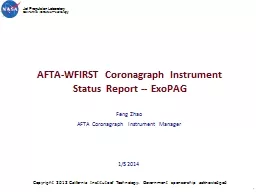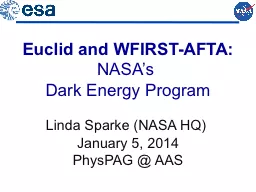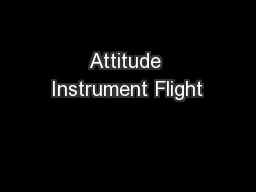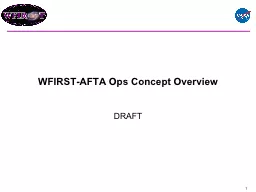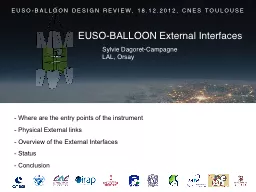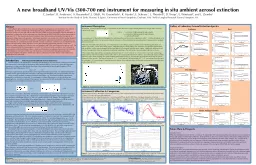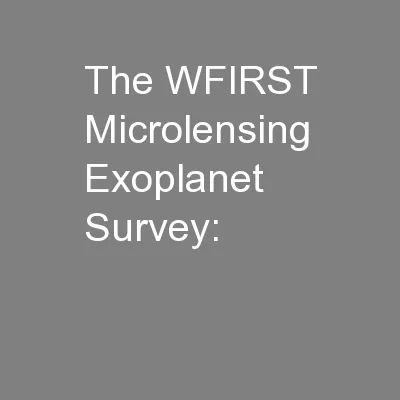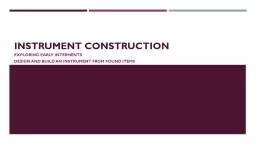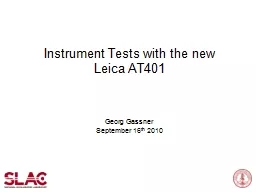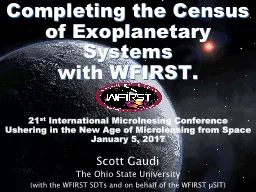PPT-AFTA-WFIRST Coronagraph Instrument
Author : sherrill-nordquist | Published Date : 2018-10-29
Status Report ExoPAG Feng Zhao AFTA Coronagraph Instrument Manager 15 2014 1 Copyright 2013 California Institute of Technology Government sponsorship acknowledged
Presentation Embed Code
Download Presentation
Download Presentation The PPT/PDF document "AFTA-WFIRST Coronagraph Instrument" is the property of its rightful owner. Permission is granted to download and print the materials on this website for personal, non-commercial use only, and to display it on your personal computer provided you do not modify the materials and that you retain all copyright notices contained in the materials. By downloading content from our website, you accept the terms of this agreement.
AFTA-WFIRST Coronagraph Instrument: Transcript
Download Rules Of Document
"AFTA-WFIRST Coronagraph Instrument"The content belongs to its owner. You may download and print it for personal use, without modification, and keep all copyright notices. By downloading, you agree to these terms.
Related Documents

